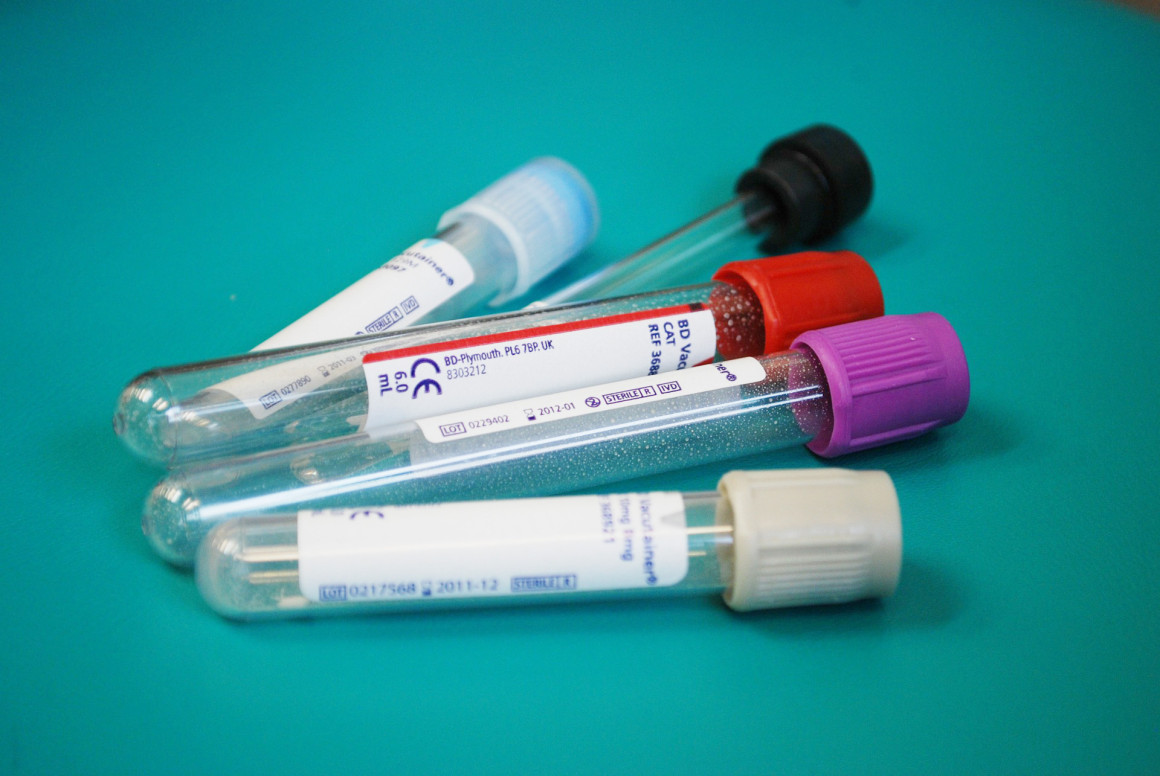
Revamped anti-doping regulations aim to clean up university athletics
By Sonny Sachdeva, March 29 2016 —
The use of performance enhancing drugs in professional sports is nothing new. Every major sport has its own sordid history of players reprimanded for using illegal substances. And each season brings a new group of players shamed for such offenses.
This year has been no different. Tennis star Maria Sharapova recently made headlines after testing positive for a banned substance at the 2016 Australian Open. Super Bowl champion Peyton Manning was recently accused of using human growth hormone, prompting an internal investigation by the NFL.
The list of recent examples is long, and it doesn’t stop at professional leagues.
Doping issues have been present in the CIS for years, with the problem most prevalent in one specific area.
The CIS has been open about the issue, presenting a ‘History of CIS Doping Violations’ breakdown on their website. The document details each of the 81 violations that have occurred in the CIS from 1990 up until the end of the 2013–14 season.
From the data presented, it’s easy to see where the problem lies. Of those 81 violations, 70 occurred in football. Ice hockey and basketball are second with four apiece, while field hockey, soccer and volleyball each had one violation. The incidents range from steroid use — which accounted for 34 of the sanctions — to the use of marijuana and cocaine.
Leading the charge to enforce legal drug use in Canadian university athletics is the Canadian Centre for Ethics in Sport (CCES), which spearheads the Canadian Anti-Doping Program. The program educates athletes about the list of banned substances, which is determined by the World Anti-Doping Agency (WADA), carries out regular testing and provides medical support to help athletes comply with the rules.
Despite the CCES’ comprehensive program, the issue isn’t subsiding. The Canadian Sport Sanction Registry lists 11 CIS football athletes currently serving suspensions for doping violations. Just last year, five CIS football players were sanctioned after testing positive for banned substances at CFL combines in Toronto and Montreal. Four of the violators came from Saint Mary’s University, while one came from Université Laval.
The Dinos have been incident-free for the past six years. The last offence was in 2009, when Dinos linebacker Duncan McLean earned a two-year ban after testing positive for oxymetholone metabolites, an anabolic steroid.
A persisting issue that slows the CCES’ ability to control doping in CIS football is the relationship between the CIS and the CFL.
Until this year, players who tested positive for prohibited substances during CIS play and were subsequently sanctioned by the CCES faced no repercussions after moving on to the CFL, as university sanctions do not transfer to the professional league.
The result was a loophole allowing university players to raise their draft stock by doping during their tenure in the CIS, before moving up to the CFL and avoiding the penalty for their actions. Jonathan Langa — one of the four Saint Mary’s players who tested positive for a banned substance at the 2015 CFL combine — was drafted 20th-overall by the Hamilton Ti-Cats in the subsequent 2015 CFL draft. He went on to play seven games for the Ti-Cats during the 2015 season and remains on their roster, despite the fact that he’s been banned by the CCES until 2019.
A new set of draft eligibility rules should put an end to situations like these, as the CFL is finally taking steps to honour CCES sanctions. On Feb. 25, the CFL and CFL Player’s Association announced that players who incur doping sanctions from the CCES at any time during the two years before their draft year will have their draft eligibility deferred for one year.
Additionally, players sanctioned by the CCES for doping after they have been drafted will be ineligible to sign a CFL contract for one calendar year.
The new rules serve as a significant step forward for anti-doping regulation in the CIS. While history suggests there will still be instances of substance abuse in CIS football — there has been at least one violation in 21 of the past 25 seasons — the new draft rules will help prevent CIS players from relying on banned substances to fast-track their way to the CFL.
However, a key problem remains in the form of federal funding provided to the CCES.
A TSN report from 2014 stated that costs for anti-doping testing have risen to roughly $1,000 per test — a staggering total considering the number of CIS athletes that must be tested each year. Yet the majority of the funding that CCES receives from Sport Canada is spent on paying private testing labs and doping control officers, not on administering tests. Making matters worse was the CCES’ decision to comply with WADA’s stringent new drug code in 2015, driving operating costs up even higher.
The result of the financial strain is less anti-doping testing for CIS athletes, giving violators a higher chance of flying under the radar. Per TSN’s report, the number of tests conducted by the CCES has continued to decline, with the centre carrying out less than half as many tests in 2014–15 as they did just three seasons prior.
Needless to say, there are plenty of issues left to address as the CIS continues to battle doping issues in Canadian university sports. However, the fact that the CFL and CCES have begun to integrate their anti-doping regulation is still a positive sign, and should play a key role in levelling the playing field for CIS athletes.
